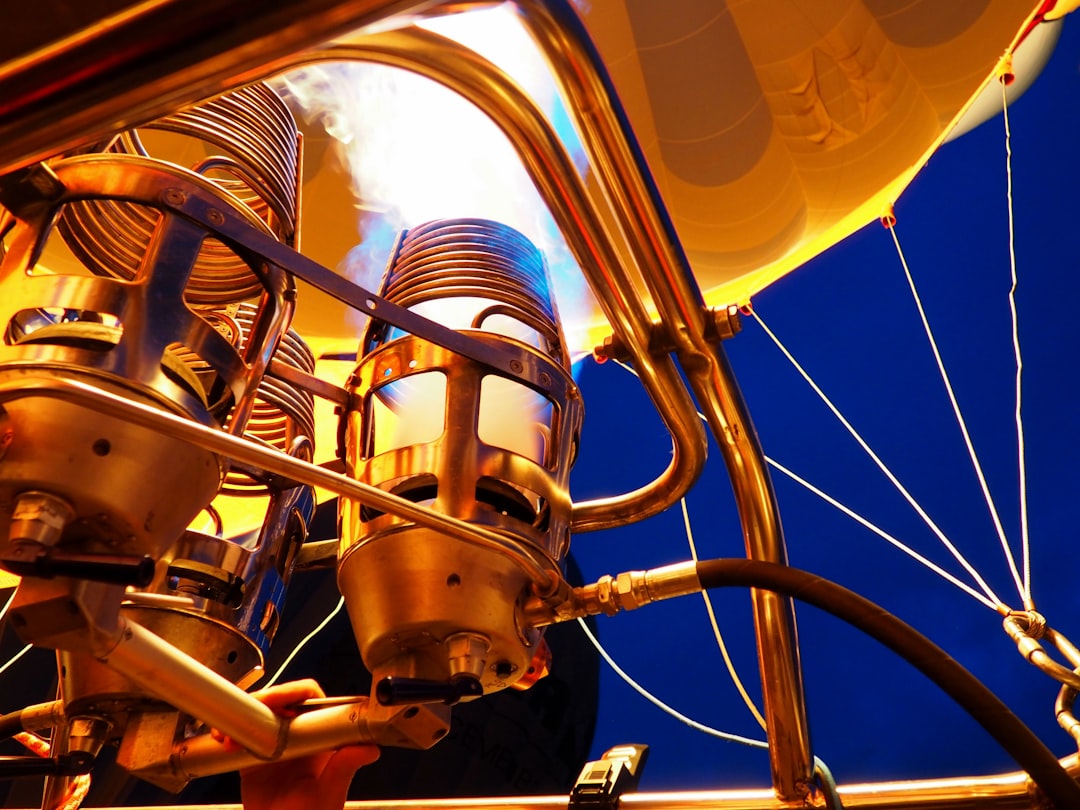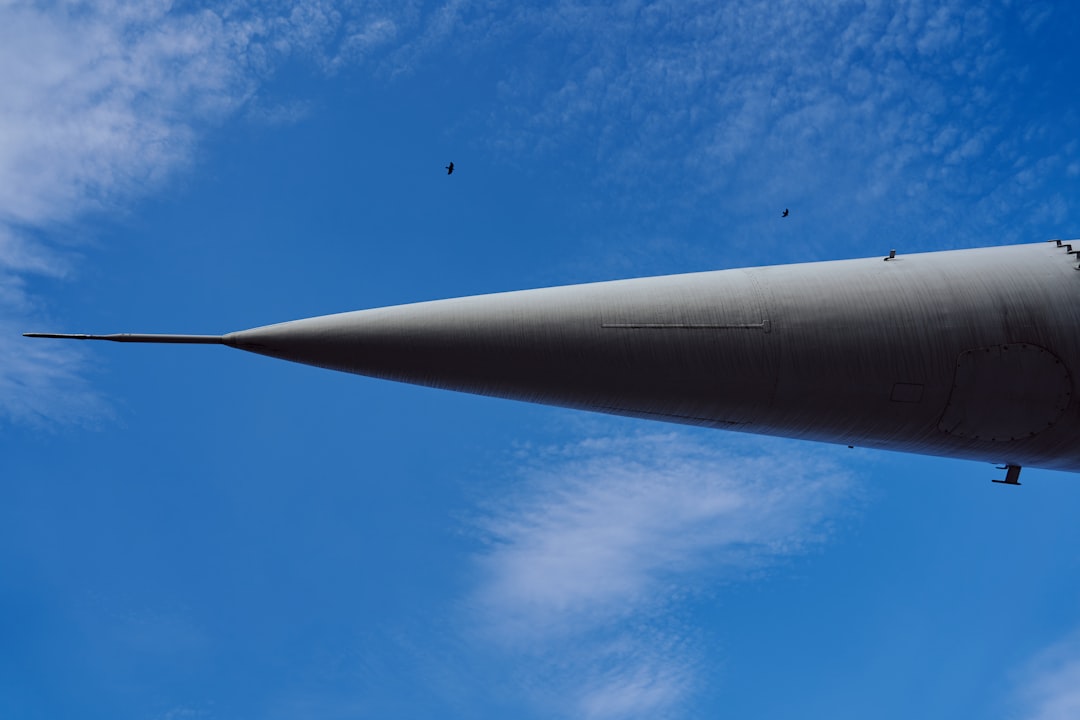**The Sun has always been the center of our solar system and an influencer on Earth’s climate and space weather. Most recently, an extraordinary event has unfolded: the flipping of the Sun’s magnetic poles.** This compelling celestial process is not just an astronomical curiosity but a phenomenon that impacts the entire solar system. Understanding this adventurous flip and its consequences on Earth is crucial for both scientists and space enthusiasts alike. Our reliable observer in the vast void, the spacecraft, continues to monitor this cosmic ballet, providing unprecedented insight into the Sun’s behavior.
The magnetic poles of the Sun switch positions approximately every 11 years, coinciding with the solar maximum – the period when the Sun’s activity is at its peak. During this time, solar flares and sunspots appear frequently on the Sun’s surface, sending streams of charged particles into space. This magnetic field reversal isn’t just a flip-flop; it’s like a storm in the Sun’s outer layer, changing the way that the heliosphere – the bubble of charged particles and magnetic fields surrounding our solar system – interacts with the galaxy.
The intricacies of how the poles exactly flip and how the dynamic processes of the solar magnetic field undergo such a formidable transition remain areas of active research. Scientists use various spacecraft, including the Solar Dynamics Observatory (SDO) and the Parker Solar Probe, to study this phenomena in detail. These spacecraft provide vital data, such as high-resolution images and continuous monitoring of solar activity, which helps shed light on the mysterious dance of solar magnetism.
What does this mean for Earth? The Sun’s activity directly affects space weather, which can influence satellite operations, communication networks, and even power grids on our planet. For decades, understanding the Sun has been at the forefront of both governmental and private space science initiatives, striving to predict potential impacts and mitigate adverse effects on technology and everyday life.
The spacecraft observing the Sun are designed to withstand extreme conditions to gather as much information as possible. They act like silent sentinels, constantly observing and analyzing the solar environment. Advanced instruments and sensors on these spacecraft collect data across various spectrums of light, detecting minute changes and providing continuously updated information about the Sun’s state.
The Parker Solar Probe, which was launched by NASA in 2018, is one of the foremost missions aimed at unlocking the secrets behind the Sun’s dynamics. This probe travels closer to the Sun than any human-made object before it, withstanding extreme heat and radiation to provide direct measurements of solar wind particles and magnetic fields.
Each orbit brings the Parker Solar Probe closer to the Sun’s surface, where it can capture and analyze phenomena related to the magnetic pole reversal. This close encounter delivers invaluable insights that potentially revolutionize our understanding of stellar dynamics not just around the Sun but also in other star systems.
Moreover, the Solar Orbiter, another crucial mission that was launched in collaboration with the European Space Agency and NASA, approaches the poles of the Sun, capturing high-resolution images and data that reveal changes in solar activity. This will significantly enhance our understanding of how solar polar magnetic fields influence the solar cycle and impact space weather.
Solar pole reversal is a naturally occurring process that has been happening for millions of years. Observing these changes helps scientists develop better models to predict solar cycles, which is vital for preparing for extreme solar events. These models are crucial for ensuring the safety and functionality of satellites, astronauts in space, and technologies that our modern lives depend on, such as GPS and telecommunications.
In recent history, significant solar events have disrupted power grids, thereby highlighting the importance of accurate predictions. Understanding solar weather patterns and having the capacity to foresee such occurrences is essential for maintaining and safeguarding the infrastructure that powers everyday life.
NASA, in conjunction with scientists worldwide, continually works towards enhancing solar observational technology to develop predictive analytics that foresee how changes in solar magnetism can directly and indirectly affect Earth. From hand-held devices to international space stations, the reliance on satellite-based infrastructure continues to grow, further emphasizing the need for preparedness against any solar interference.
Navigating the challenges of unpredictability in solar dynamics makes this an exciting frontier in space research. Every piece of information gathered helps humanity venture a little further into understanding the colossal field that is our Sun and, by extension, poses questions about the universe’s other stars and celestial mechanisms.
As we continue to explore, the fusion of technological innovation and scientific exploration pushes the boundaries, helping us prepare for whatever the Sun’s future pole flips might bring.
Big Tech News
The suns poles have flipped. A spacecraft is watching what happens next.















Leave a Reply